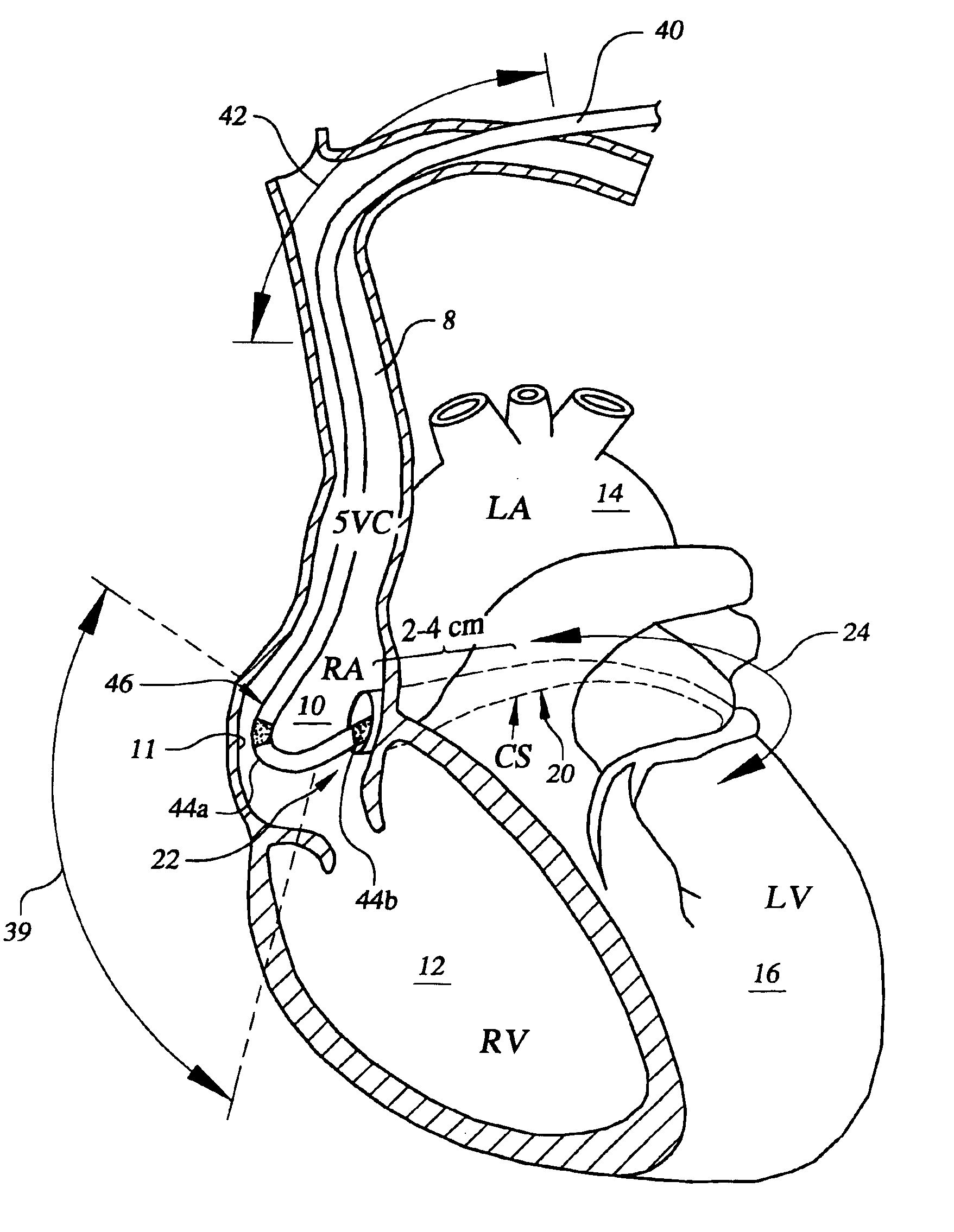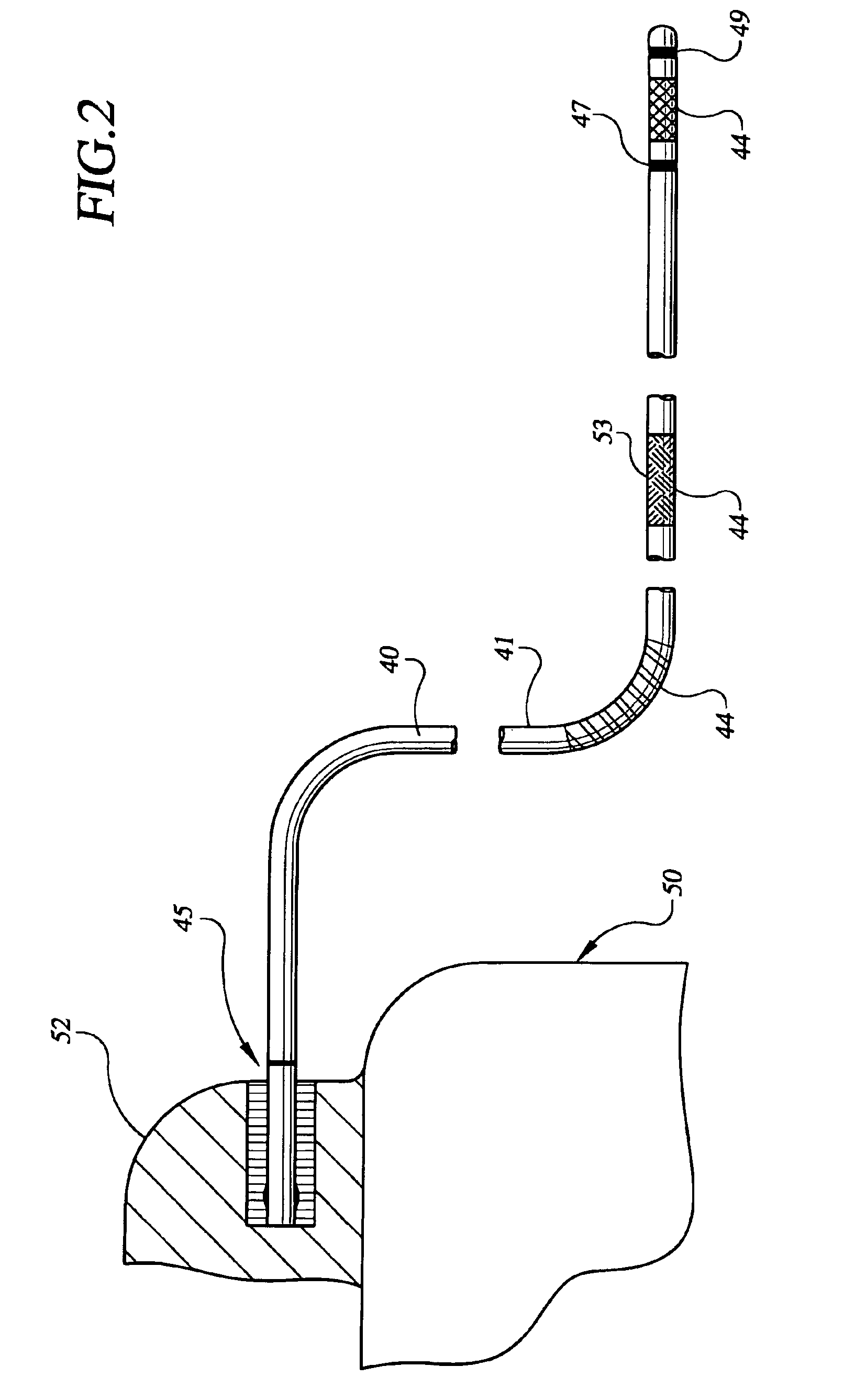Apparatus and method for stabilizing an implantable lead
a technology of implantable leads and apparatus, which is applied in the field of system and method for stabilizing the lead, can solve the problems of difficult removal of the lead, inconvenient use of tools, and inability to safely remove the lead, so as to promote tissue in-growth or attachment and enhance the stabilization effect of the implantable lead
- Summary
- Abstract
- Description
- Claims
- Application Information
AI Technical Summary
Benefits of technology
Problems solved by technology
Method used
Image
Examples
Embodiment Construction
[0040]In the following description of the illustrated embodiments, references are made to the accompanying drawings which form a part hereof, and in which is shown by way of illustration, various embodiments in which the invention may be practiced. It is to be understood that other embodiments may be utilized, and structural and functional changes may be made without departing from the scope of the present invention.
[0041]In broad and general terms, the present invention is directed to a lead apparatus that provides for increased stability after implant and improved extractability when removal of the lead apparatus is needed or desired. One particular advantage of a lead apparatus implemented according to the principles of the present invention concerns the ability to control the stability and extractability characteristics provided by the lead apparatus. Another advantage concerns the provision of a primary lead fixation mechanism and a secondary lead fixation mechanism for stabili...
PUM
 Login to View More
Login to View More Abstract
Description
Claims
Application Information
 Login to View More
Login to View More - R&D
- Intellectual Property
- Life Sciences
- Materials
- Tech Scout
- Unparalleled Data Quality
- Higher Quality Content
- 60% Fewer Hallucinations
Browse by: Latest US Patents, China's latest patents, Technical Efficacy Thesaurus, Application Domain, Technology Topic, Popular Technical Reports.
© 2025 PatSnap. All rights reserved.Legal|Privacy policy|Modern Slavery Act Transparency Statement|Sitemap|About US| Contact US: help@patsnap.com



